Module 4 covers:
Zebola – Serpent Healing
This rhythm comes from the Congo and has been adapted to the djembe and doundouns.
The traditional context of Zebola is this:
The village community gathers for the purpose of healing someone. The drummers play, people dance and everyone chants the song Zebola. Whether the person needs healing for physical, emotional, mental or spiritual reasons the healer/witch doctor of the village goes into a trance through the music and singing and then intuits the necessary healing technique or treatment
required.
In this module I present the Low drum part and the break.
In the Low drum, as in most rhythms, it is important to follow the handing:
Right Left Right Right Left for the first half.
Right Left Right Left Right Left for the second half.
I speak of the important of the doundouns this module. If any of your students are particularly capable you could try and introduce the doun pattern and play it on some other type of bass drums. Ideally you would have three drums, low, medium and high. Perhaps one day you’ll have your own set of douns.
For Zebola there is a vey cool ‘call’.
The vocalisation for it is:
Kataka ta ka ta ka ta gu du
The main goal is to work out how to bring in the Introduction from the Call and then go straight into the Low Drum part.
I would suggest getting this module fully learned before moving on to the next module.
Lesson Tag: Percussion & Rhythm
Module 3 covers:
Tihah – extended
A rhythm from the Yoruba people of Nigeria.
Background image of Uluru. Always was always will be……
In this module we introduce slaps to the Low drum part of Tihah.
We also teach the High drum part of Tihah. The vocalisation for which is:
Gung gung gidi di di dikatakata
Where ‘gung’ is a bass, ‘gidi’ are tones and ‘kata’ are slaps.
If you can sing it you can play it!
The concept of ‘polyrhythm’ is introduced. The music of ensemble drumming is based on polyrhythmic arrangements, the combination of complementary rhythms played together to a common pulse.
To hear the two hand drum parts, the Low and the High, played together go to:
21:05.
This is the ultimate challenge for your students, break them into two groups and have them play the two parts simultaneously.
Module 2 covers:
Tihah – Music of the morning.
A rhythm from Nigeria, the first rhythm I learned with Nigerian drummer Sam Oshodi.
Background image of gum tree by Noni Carroll Photography
This module covers the basic version of the low hand drum part plus the introduction. The best approach is, once the student’s have got the hand drum part, to play the Introduction and then go in and out of the rhythm by repeating the introduction as a Bridge.
I like to consolidate the vocalising of the rhythms by actually singing “cuppa tea cuppa chai cappuccino and you’ll fly” before entering the groove every time.
The ‘one’ in Tihah is on “fly”. We sing Tihah on the ‘one’.
Welcome Back. Today’s module covers:
- Introduction to Shimedaiko + Okedo + Katsugi Okedo
- Warm Up Exercises
- Japanese Counting
- Taikoz Classic Renshū
- Dirt Rhythm – Phrase 5
Congratulations
Please print this document before you start this module
Welcome back, this module covers:
Clap it, Say it, Tap it, Nail it.
Make those time signatures make sense, hear the beats and understand how they fit together like an elegant jigsaw puzzle as we reiterate note values from semibreves to semiquavers in this extension session.
Congratulations!
Welcome Back. Today’s module covers:
- Warm Up Exercises
- Taikoz Classic Renshū
- Dirt Rhythm (Full Theme)
- Dirt Rhythm (Full Performance)
- Special Guest Appearance!
- Good Bye for now!
Congratulations.
Welcome Back. Today’s module covers:
- Warm Up Exercises
- Base Rhythm
- Call & Response
- Dirt Rhythm
- Oroshii
- Left Hand Buster
Congratulations!
Welcome Back. Today’s module covers:
- Warm Up Exercises
- Taikoz Classic Renshū
- Base Rhythm Renshū
- Dirt Rhythm – Full Theme
- Base Rhythm Buster.
Congratulations!










